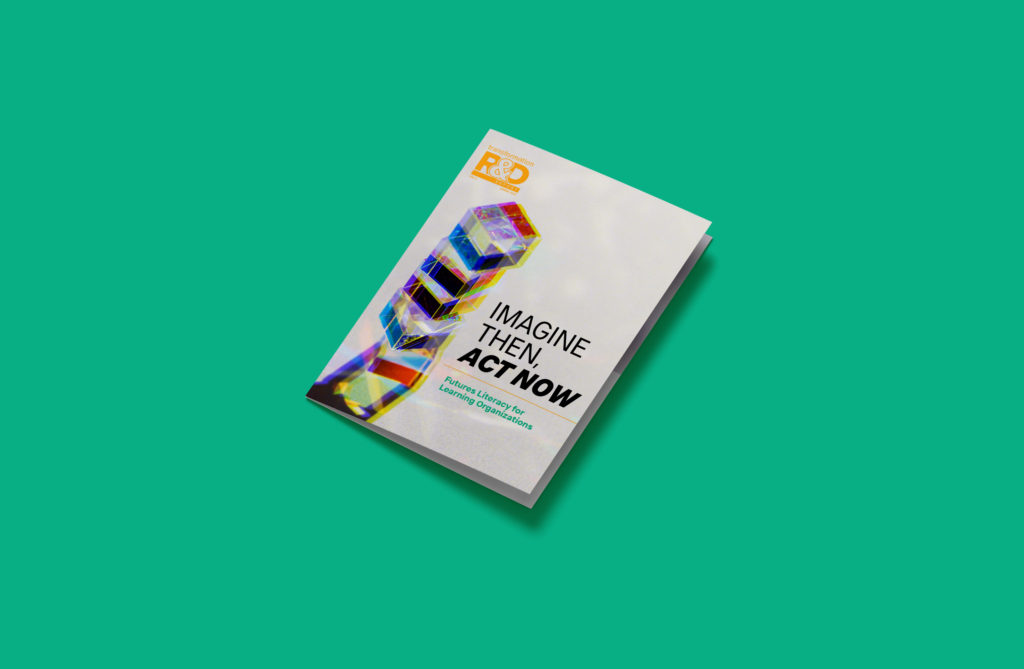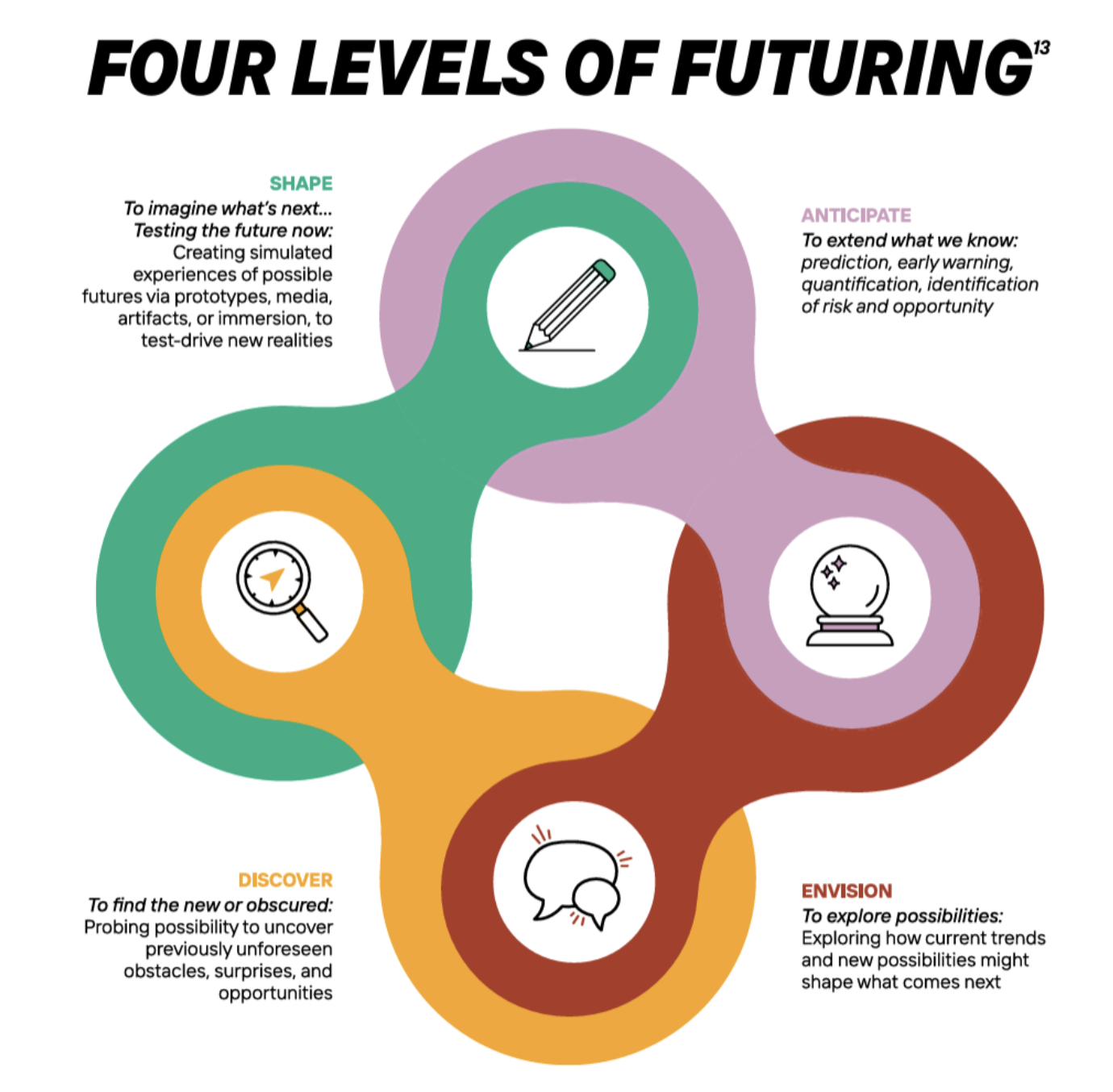
Lists of skills and jobs for the future are everywhere. It seems that leaders’ inboxes are filled with future-ready advice. Yet, too many managers, when faced with overwhelming complexity, “aren’t goal-seeking, but ‘ills-avoiding’ – aiming constantly at strategies for avoiding pain, harm, or constraint…”1
And so it has become clear that more is needed to move us from a place of passively thinking about the idea of the future or avoiding the growing pains of transformation to actively making decisions now that will ensure better futures individually, organizationally, and collectively. “Futuring,” writes Scott Smith, “is about understanding the landscape of potential futures in such a way as to guide better decision making in the present.”2
But what does that better future look like? Who gets to decide? And how do we begin to act now to bring about our preferable futures?
As leaders and stewards of schools during complex times, we need to prepare to engage in all levels of futuring work to imagine then and act now. That’s why MV Ventures has compiled research on futures foresight to publish our Spring R&D report, Imagine Then, Act Now: Futures Literacy for Learning Organizations. As we implement systems to anticipate, envision, discover, and shape3 the future, we are less concerned with predicting the future exactly as it will appear and more concerned with the process of building organizational agility grounded in mission, vision, and brand identity so we are ready to act and adapt no matter the future.
 So, how do we begin futuring?
So, how do we begin futuring?
Futures foresight work is deeply human. As machines get better and better at data-driven, predictive forecasting, humans will be needed all the more to do deep sense-making, imagining, and storytelling around qualitative futuring.
As Kees van der Heijden claims in his book, Scenarios: The Art of Strategic Conversation, complexity can be turned into opportunity if a diverse group of people share a common vision and knowledge.
Over the past decade, both at The Mount Vernon School and with our consulting partners through MV Ventures, we have seen the transformative power of shared vision galvanized by shared language.
Start by reflecting on what matters, and should always matter, at your organization based on your mission and vision. Assess future-readiness and create a sense of urgency. Pull together a diverse guiding team. Create a shared vision that explains the why behind futuring with shared language. Remain agile to new ideas and empower your team to act and adapt. And don’t forget to celebrate the wins!
Education is deeply human. The work of shaping the future of education begins with inviting our diverse communities to design a better world.
Our newest MV Ventures Transformation R&D report, Imagine Then, Act Now: Futures Literacy for Learning Organizations, is now available. Interested in bringing our team to speak (keynote or workshop session) on futures literacy at your school or organization? Reach out to learn more.
Need help designing your future-ready vision or preparing your faculty to develop futures literacy in teaching and learning programs? MV Ventures helps schools to design strategy and to innovate programs and systems. Let’s get started on your transformation journey.
Schedule a call today.
References:
1 Van der Heijden, Kees (1997). Scenarios: The Art of Strategic Conversation. John Wiley and Sons, p. 33.
2 Smith, Scott and Madeline Ashby (2020). How To Future: Leading and Sense-Making in an Age of Hyperchange. Kogan Page, p. 104
3 Smith, Scott and Madeline Ashby (2020). How To Future: Leading and Sense-Making in an Age of Hyperchange. Kogan Page, p. 23-25
